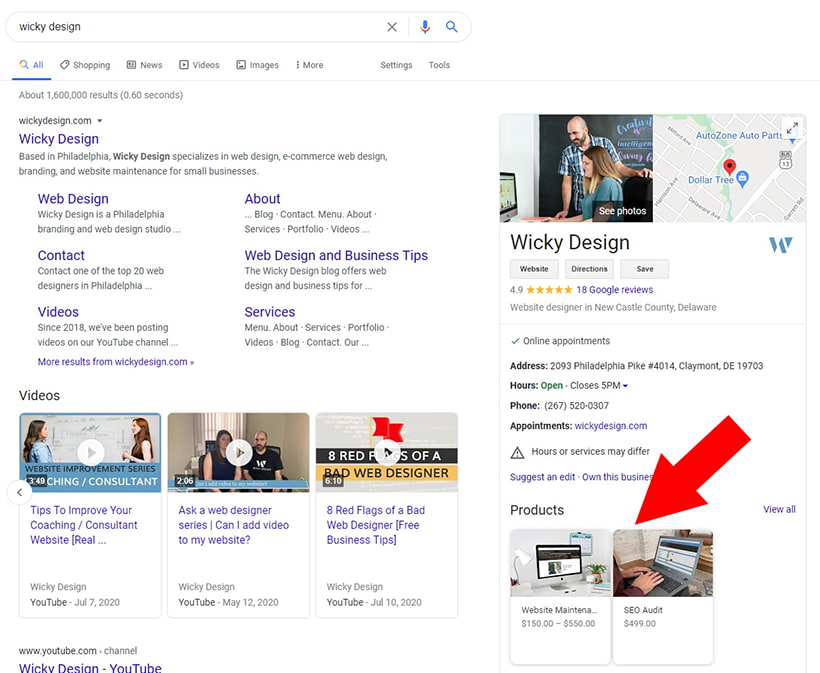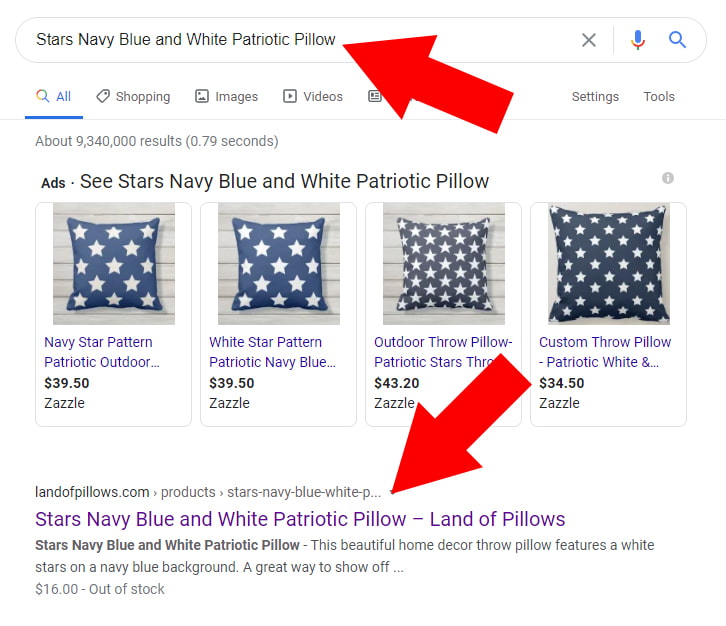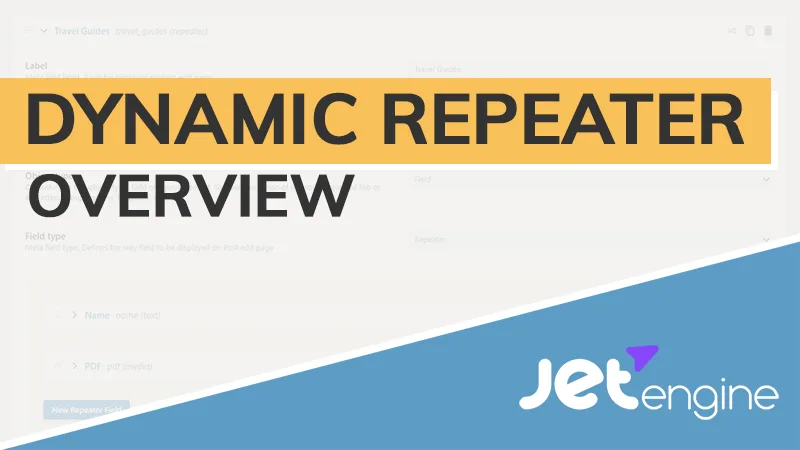We are really excited to announce that we are giving away free SEO tips every week. We want to share as much free information as possible to help small business owners grow their businesses online.
Use the link below to sign up for the newsletter:
Free SEO Tips Newsletter
Below is a list of the past 4 newsletters:
- Promote Your Products In Google Search
- What Is Search Intent?
- Get More Sales From Your e-Commerce Product Pages
- Add Your Sitemap To Your Robots.txt File
Promote Your Products In Google Search
If you have a Google My Business profile setup and are not using the products feature you are missing out on powerful “free” Search Engine Results Page (SERP) results.
Take a look at the results page for our brand Wicky Design:

A lot of people don’t know this real estate on Google exists, so adding products will give you an edge over your competition. The best part is that this can be added instantly! You don’t have to wait for Google to crawl your page. This is all done inside your Google My Business.
Below are the steps on how to add products to your Google My Business:
- Sign in to Google My Business.
- Go to the Products tab and click Add Products.
- Fill out the form and make sure to add an image and select a category.
- Hit Save and you’re done!
You can add tons of products. Another cool feature with this tool is they will showcase your products in a unique popup window that allows the user to browse all of your products. Click the See it on Google button to see the popup.
Note: The products section stands out more on desktop. On mobile, the user will need to dig inside the Google My Business tabs to find products.
What Is Search Intent?
I talk a lot about search intent because I believe it is one of the most important factors for a good SEO strategy.
I get asked all the time by clients “How can I rank higher in Google for … keywords?”. My response is always “Have you figured out if your search intent matches your keywords?”. Once you better understand search intent, it becomes a lot easier to rank in Google.
For many years, ranking in Google and “tricking” the system was easy. Back in the day, the Google search engine was not nearly as sophisticated, so things like stuffing a page full of keywords were tactics companies would use to easily rank.
These types of practices are still being used today, but they won’t give you great results. Google’s AI works totally differently then it did just a few years ago. Instead of ranking just for keywords, Google takes into consideration the search intent of the user. Basically, it tries to determine the answer the user is looking for and over the years, it’s gotten better and better at doing this.
If you understand your user’s search intent, you can create content related to what they are looking for.
I totally understand that this stuff is confusing which is why I created a video for you to watch to better understand Search Intent.
Get More Sales From Your e-Commerce Product Pages
Selling products online? Here is a quick and simple trick to rank your product pages higher in Google.
The simple trick is to make sure you have a descriptive and SEO friendly URL structure for your product pages. Having keywords in your URLs can help you rank in Google. If Google is having a hard time finding the context of your page, they will use your URL to determine the context.
I often see e-commerce websites with a boring or useless URL for product pages. I highly recommend using URLs that can not only help Google understand your content better, but make the URL structure helpful for your users. Make sure you use search intent when coming up with your product URLs. Check out my video What is Search Intent to learn more about that.
Below is a great example of a product page that is using this exact technique and ranking #1 for their targeted keyword phrase:


Add Your Sitemap To Your Robots.txt File
One thing I noticed while doing a lot of my SEO audits is that most websites don’t have a sitemap in the robots.txt file.
What is a robots.txt file?
A robots.txt file tells search engine crawlers which pages or files the crawler can or can’t request from your site. This is used mainly to avoid overloading your site with requests.
The good news is that Google, Bing and other major search engines support sitemaps URLs in the robots.txt file.
Below is an example of our robots.txt file:
User-agent: *
Disallow: /wp-admin/
Allow: /wp-admin/admin-ajax.php
Sitemap: https://wickydesign.com/sitemap.xml
As you can see the last line is a sitemap link to our absolute URL. This is important to include inside your robots.txt file because it will help search engines crawl your website more efficiently.
How do I create a robots.txt file?
The good news is creating this file is really easy. In most cases the robots.txt file can be auto generated with an SEO plugin like All In One SEO or RankMath.
If you aren’t using an SEO plugin you can manually create this file. You simply create the robots.txt file and upload it to the root directory of your website. You can learn more about how to do this from the Google help forum.




